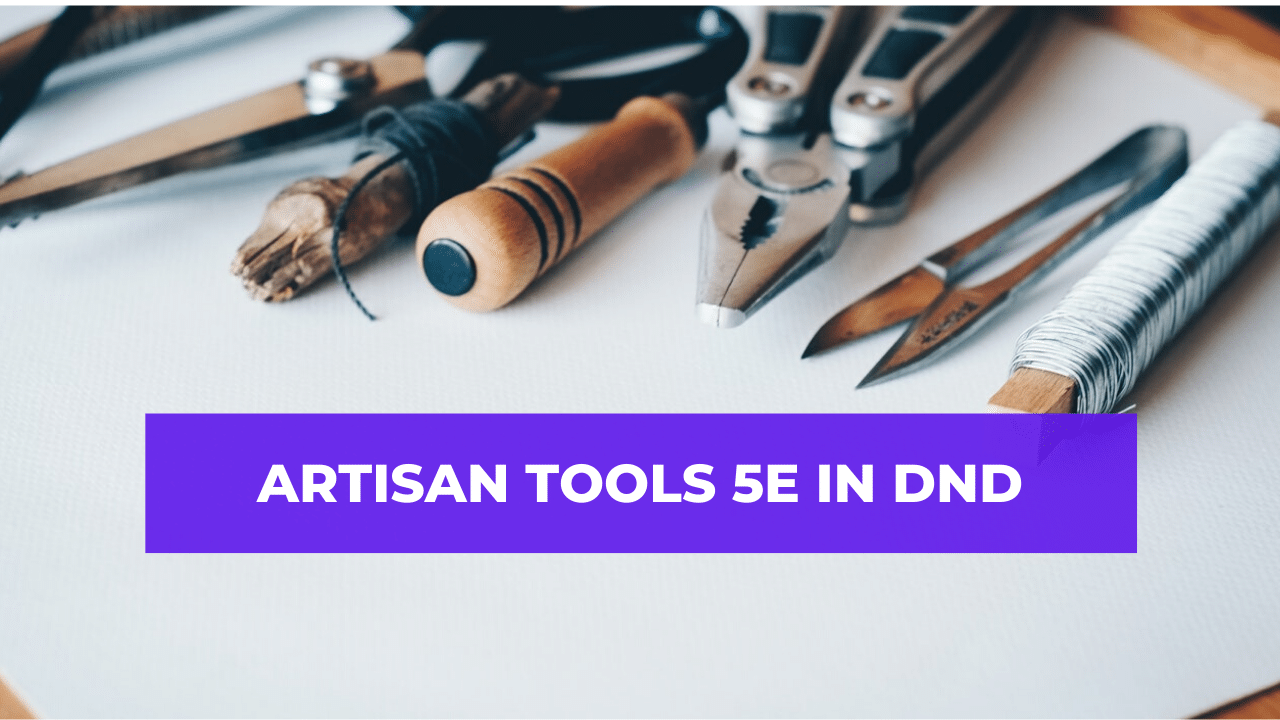Create a quiet corner in your day where you can breathe deeply, clear your mind, and reconnect with yourself. With just a few minutes of focused stillness, you can begin to shift your energy and reset your mindset. Through online meditation classes, you can access everything from basic mindfulness training to full-length guided retreats, all from the comfort of your home.
These classes provide flexibility, structure, and expert support, making it easier than ever to build a consistent meditation practice and experience lasting inner peace.
The Benefits of Online Meditation Offerings
1. Easy Access & Flexibility
Online meditation is convenient and easy to access anytime, anywhere. It’s perfect for busy people and often affordable, with many free or low-cost choices.
2. Reduces Stress & Improves Mental Health
Online meditation can help you feel calmer and less stressed, with effects that can last even after the program ends.
- Short programs (like 21 days) can improve your mood, help you relax, and make you emotionally stronger.
- Longer programs (like 8 weeks) can help you understand your emotions better, feel more confident, and do better at work.
3. Improves Focus, Thinking & Creativity
Meditating for just 10 minutes can help you concentrate better and stay focused. If you do it regularly, it can also make your thinking clearer, boost your creativity, and help you make better decisions.
4. Helps You Connect with Others
Live sessions and group chats provide support and reduce loneliness. Sharing in groups can boost empathy and emotional connection.
Programs like Mindfulness-Based Pain Management (MBPM) are helpful for people with chronic pain or long-term stress.
Key Research Highlights
- Online meditation reduces stress for weeks after a program ends.
- It improves emotional intelligence, mood, and job performance.
- Students report feeling mentally and emotionally stronger.
Online meditation programs can help you feel calmer, think more clearly, and connect with others without leaving your home.
Types of Online Meditation Programs
1. Self-Paced or Recorded Courses
These are recorded meditation programs that you can begin anytime and follow at your own pace. They’re perfect if you want flexible learning and like practicing on your own.
2. Live Interactive Classes & Workshops
These are real-time sessions held on platforms like Zoom, where you join teachers and other students. They’re great if you like learning with others and want direct feedback and support.
3. App-Based Platforms
Mobile apps provide guided meditations, daily topics, reminders, and mood tracking. They’re great for helping you meditate regularly, and anywhere you are.
4. Structured Mindfulness-Based Programs
These are evidence-based programs designed to support health and therapy. They follow a fixed schedule with lessons typically lasting several weeks.
5. Themed Mini-Courses & Workshops
Look for short courses that cover topics like anxiety, sleep, focus, or energy. They usually include daily meditations, journaling, and reflection activities to help you go deeper.
6. Movement, Sound, & VR-Based Formats
These offer active or immersive meditation using movement, sound, or virtual reality, perfect for those who prefer engaging experiences.
Key Features to Look For in an Online Meditation Platform
If you’re thinking about using an online meditation app or website, here’s what to look for so you can have the best experience:
1. Simple and Easy to Use
Choose a platform that is simple and easy to use, with clear menus and fast access to meditation sessions. It should work well on your phone, tablet, or computer, so you can meditate anytime and anywhere.
2. Lots of Meditation Options
A good platform gives you many choices, like:
- Guided meditations (great for beginners)
- Silent or timed sessions (for experienced users)
- Meditations tailored for specific needs such as stress, sleep, confidence, or focus.
- Bedtime stories and calming visualizations for relaxation.
3. Trusted and Skilled Instructors
Select a platform that features qualified teachers, such as certified mindfulness coaches or licensed therapists. Look for short bios or introduction videos to help you learn more about who is guiding your meditation.
4. Community and Support
Some apps let you take part in live classes, chat with teachers, or join groups with other users. This helps you stay motivated and makes meditation more fun.
5. Progress Tracking
Many platforms track your meditation journey:
- How many days in a row have you meditated.
- How much total time have you spent.
- Mood logs or journals.
Some apps even give you badges or rewards to help keep you motivated.
6. Customize Your Experience
You can often adjust things like:
- Session length.
- Voice or background music.
- Topics (like sleep, anxiety, or productivity).
7. Tools for Sleep and Relaxation
Apps like Calm and Headspace offer:
- Bedtime stories.
- Soothing music and nature sounds.
- Evening meditations to help you sleep better.
8. Strong Privacy Protection
Make sure the app keeps your data safe with:
- Encryption (to protect your info).
- Clear privacy settings.
- No sharing of your info without permission.
Always read the privacy policy if you’re sharing health or mood data.
Tips for Picking the Right Platform
- Know your goal: Are you looking for better sleep, less stress, or more focus?
- Choose something simple and easy to use.
- Try a free version first to see if it works for you.
- If you enjoy connecting with others, choose a platform that offers group sessions or the option to chat with teachers.
- Always check how your data will be handled. Choose a platform that matches your needs, ikeeengaged.
How to Begin Your Journey in Meditation
1. Choose Your Starting Point
- If you’re a beginner, start with short guided meditations (5–10 minutes) like breath awareness or body scans.
- Try themed mini-courses focused on goals like stress relief, sleep, or self-compassion.
- Once you feel confident with the basics, try going further by joining longer programs or online retreats. These can help you deepen your practice and experience more benefits.
2. Set Up Your Meditation Space
- Create a quiet, cozy spot at home just for meditation.
- Set up a comfortable space with soft lighting, cushions, and soothing elements like candles or plants.
- Eliminate distractions by turning off notifications and playing soft background sounds if desired.
3. Build a Routine and Set Goals
- Start small with daily 5–10 minute sessions and aim for consistency.
- Link meditation to a regular daily habit to build a routine.
- Know your purpose and set intentions before each session.
- Track your progress using a journal or app.
- Be patient and kind with yourself, every effort matters.
Conclusion: Start Your Inner Peace Journey at Home
Online meditation classes make it simple to build a regular mindfulness routine that supports your health and happiness. Whether you prefer short daily sessions or longer retreats, these programs are flexible, guided by experts, and designed to fit your lifestyle. You can reduce stress, sleep better, focus more, or feel more connected without leaving home. Just a few quiet minutes each day can help clear your mind, boost self-awareness, and bring lasting calm.













